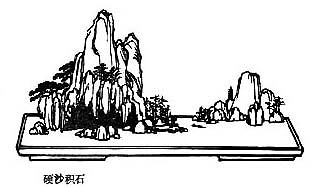Sun Zi 
 – The Art of War
– The Art of War
Chinese strategy explained : know yourself and the ennemy, use deception, spies, and "win with ease". Tr. Giles (en, annotated) and Amiot (fr).
Waging War
Ts`ao Kung has the note: "He who wishes to fight must first count the cost," which prepares us for the discovery that the subject of the chapter is not what we might expect from the title, but is primarily a consideration of ways and means.
Sunzi II. 4.
There is no instance of a country having benefited from prolonged warfare.
It is only one who is thoroughly acquainted with the evils of war that can thoroughly understand the profitable way of carrying it on.1
Giles II.6,7.
Je le répète : On ne saurait tenir les troupes longtemps en campagne, sans porter un très grand préjudice à l'État et sans donner une atteinte mortelle à sa propre réputation.
Amiot

The Art of War – Sun Zi II. 4. – Chinese off/on – Français/English
Alias Sun Tzu, Sun Wu, Sun Tse, Sunzi Bingfa, Souen Tseu, Souen Wou, 孫武.
The Book of Odes, The Analects, Great Learning, Doctrine of the Mean, Three-characters book, The Book of Changes, The Way and its Power, 300 Tang Poems, The Art of War, Thirty-Six Strategies
Welcome, help, notes, introduction, table.
Index – Contact – Top
